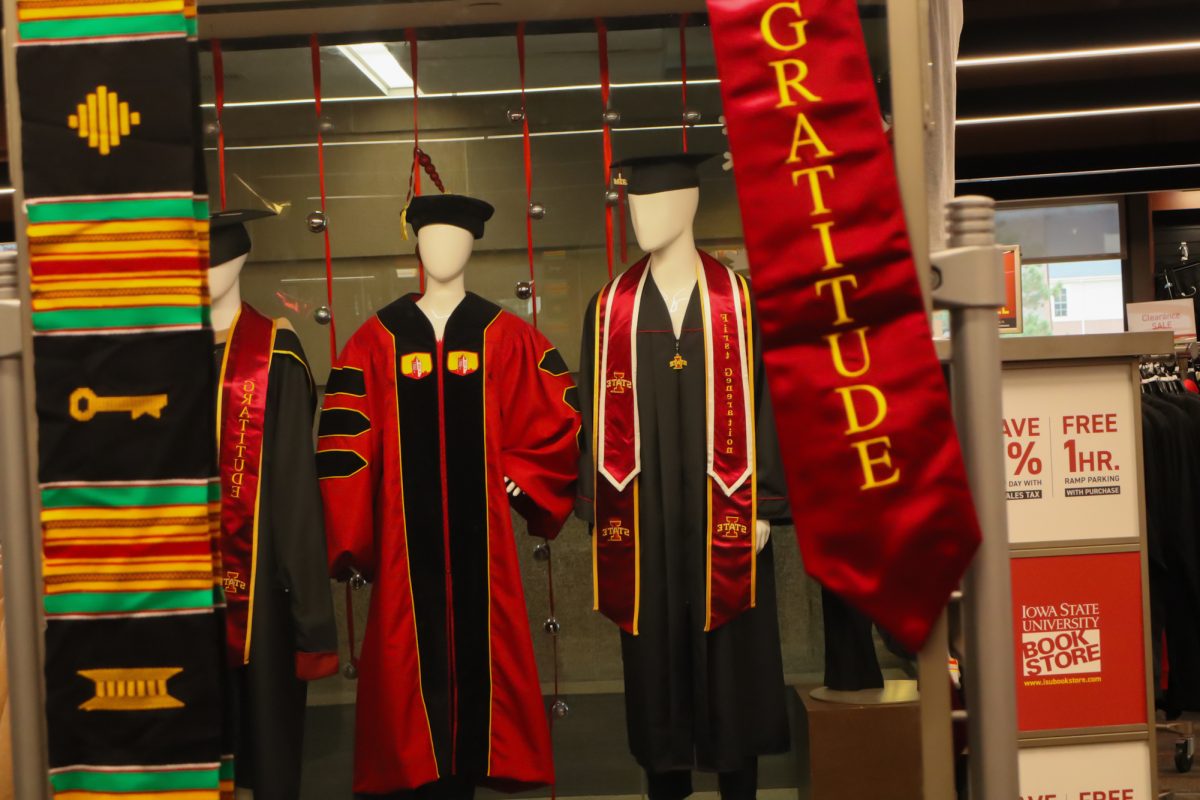New stem cell method developed
August 24, 2006
NEW YORK – A biotechnology company has developed a new way of creating stem cells without destroying human embryos, billing it as a potential solution to a contentious political and ethical debate.
“This will make it far more difficult to oppose this research,” said Robert Lanza of Advanced Cell Technology, the Alameda, Calif., company that reported the new method.
Stem cell researchers were impressed by the new technique’s ability to produce two robust lines of stem cells without requiring the destruction of embryos. However, few on either side believe the new procedure will end the long-running bitter impasse over the science.
Stem cells have become a sort of holy grail for advocates of patients with a wide variety of illnesses because of the cells’ potential to transform into any type of human tissue. But the Vatican, President Bush and others have argued that the promise of stem cells should not be realized at the expense of human life, even in its most nascent stages.
“The science is interesting and important,” said John Harris, a professor of bioethics at the University of Manchester in Great Britain, commenting on the biotech company’s efforts.
But a representative of the U.S. Conference of Catholic Bishops said the method “raises more ethical questions than it answers” and criticized the experiment itself as “gravely unethical” because it discarded the actual embryos it used.
A number of stem cell researchers and bioethicists dismissed it as scientifically suboptimal and politically ill-advised.
“This will please no one,” predicted a longtime critic of the company, Glenn McGee, director of the Alden March Bioethics Institute in Albany, N.Y.
The new technique takes just a single cell from an early-stage embryo and uses it to seed a line of stem cells. The rest of the embryo retains the potential to develop into a healthy human.
A paper describing the method is being published online Wednesday by the British journal Nature. The journal published a similar paper by Advanced Cell Technology researchers last year demonstrating the technique’s viability in mice.






